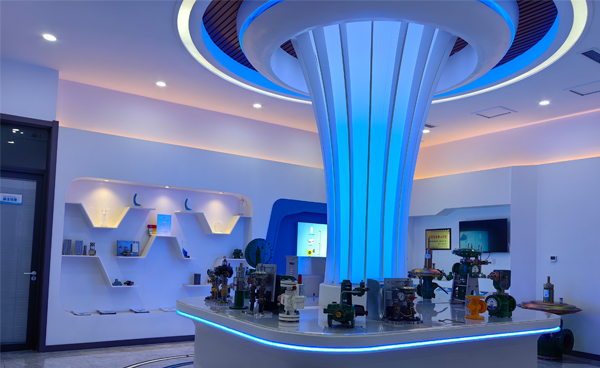
Aug . 09, 2024 06:35
Back to list
Understanding the Importance and Functionality of Safety Relief Valves in Industrial Applications
Understanding Safety Relief Valves Importance and Functionality
In many industrial applications, safety is paramount. One of the critical components that ensure safety in pressure systems is the safety relief valve. These valves are designed to protect equipment and personnel from the hazards associated with excessive pressure build-up. This article explores the functions, types, and significance of safety relief valves in various industries.
What is a Safety Relief Valve?
A safety relief valve (SRV) is a type of valve used to control or limit the pressure in a system by releasing excess pressure from an equipment vessel. When the internal pressure exceeds a set limit, the valve automatically opens to allow fluid or gas to escape, thus preventing potential damage or catastrophic failure. This mechanism operates based on pressure differential, ensuring that the system operates within safe limits.
Types of Safety Relief Valves
There are primarily two types of safety relief valves safety valves and relief valves.
1. Safety Valves Typically used for gases and steam, safety valves operate quickly and provide a full opening for rapid pressure relief. They are designed to lift off the seat entirely when the set pressure is exceeded, allowing for a swift release of the gas or steam.
2. Relief Valves More commonly used for liquids, relief valves may not completely lift off the seat. Instead, they may modulate open and closed positions based on the pressure changes, allowing for a controlled release of fluid.
Importance of Safety Relief Valves
The importance of safety relief valves cannot be overstated. In industrial processes such as chemical manufacturing, oil refining, power generation, and pharmaceuticals, the risk of pressure build-up is a constant concern. Here are some reasons why safety relief valves are essential
safety relief valve

1. Prevent Equipment Damage Excessive pressure can lead to mechanical failure of equipment, resulting in costly repairs and downtime. Safety relief valves mitigate this risk by releasing pressure promptly.
2. Protect Human Life The potential for explosions or hazardous leaks due to overpressure situations could endanger operators and nearby personnel. SRVs provide a critical layer of protection.
3. Regulatory Compliance Many industries are required by law to have safety relief valves as part of their safety systems. Compliance with these regulations is essential for both safety and legal reasons.
4. Environmental Protection Excessive pressure can cause leaks and spills, leading to environmental contamination. By managing pressure levels, safety relief valves contribute to environmental protection efforts.
Proper Maintenance and Testing
To ensure safety relief valves remain operational and efficient, regular maintenance and testing are essential. This involves
- Regular Inspection Visual checks for signs of wear, corrosion, or leaks. - Functional Testing Ensuring the valve opens and closes properly under predetermined test conditions. - Replacement and Calibration Over time, valves may require replacement, recalibration, or adjustment to maintain their effectiveness.
Conclusion
Safety relief valves play a pivotal role in maintaining safety across various industries. Their ability to prevent overpressure situations safeguards equipment, protects personnel, and ensures compliance with regulatory standards. Understanding their function, types, and importance is crucial for anyone involved in operations where pressure systems are utilized. By emphasizing the maintenance and proper functioning of safety relief valves, industries can minimize risks and create a safer working environment.
Latest news
-
Safety Valve Spring-Loaded Design Overpressure ProtectionNewsJul.25,2025
-
Precision Voltage Regulator AC5 Accuracy Grade PerformanceNewsJul.25,2025
-
Natural Gas Pressure Regulating Skid Industrial Pipeline ApplicationsNewsJul.25,2025
-
Natural Gas Filter Stainless Steel Mesh Element DesignNewsJul.25,2025
-
Gas Pressure Regulator Valve Direct-Acting Spring-Loaded DesignNewsJul.25,2025
-
Decompression Equipment Multi-Stage Heat Exchange System DesignNewsJul.25,2025

